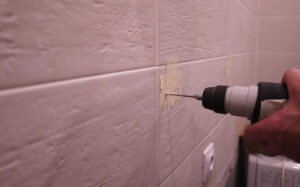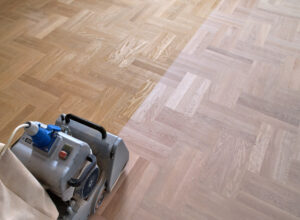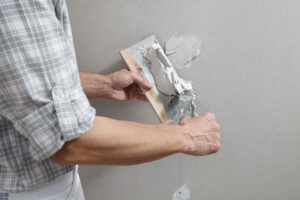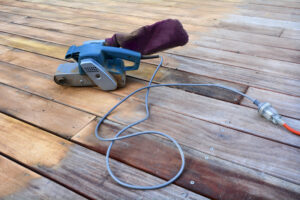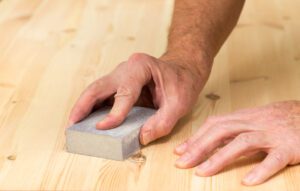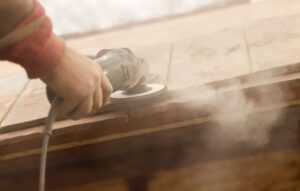For those who don’t frequent carpentry or woodworking, sanding is an occasional task that arises during home improvement projects. Whether it’s preparing floorboards for a new look or refining bannisters before a fresh coat of paint, the question often arises: “Should I invest in a dedicated sander for this one-off job, or can I repurpose tools I already have?”
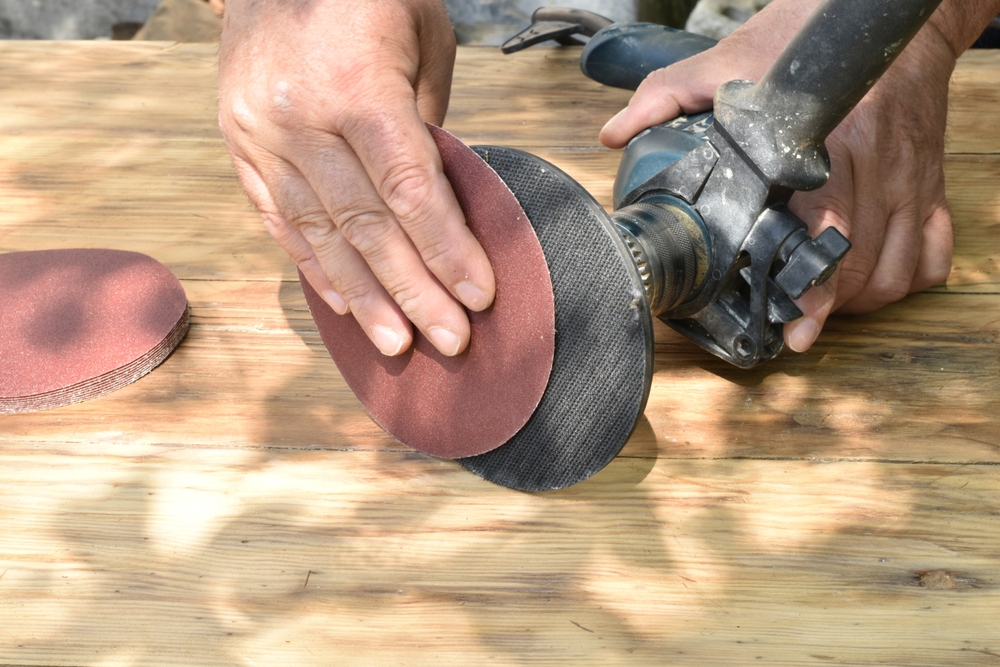
In this discussion, we’ll explore the merits and drawbacks of utilizing an electric drill with sanding attachments versus employing a purpose-built sander, helping you make an informed decision for your specific project needs.
Electric Drills:
An electric drill, a staple in most households, is a versatile tool with numerous applications. While primarily designed for drilling and screwing, it can be transformed into a makeshift sander with the right attachments. In this article, we’ll evaluate the advantages and disadvantages of using a drill for sanding compared to using a designated sander.
Drill Attachments: Disk Sanders
Disk sanding attachments, resembling orbital or disk sanders, can be attached to a drill. They are suitable for smaller tasks like refining tables, cabinets, desks, or small floor areas. However, they may leave orbital marks and are not recommended for extensive projects.
Advantages:
- Cost-effective and readily available.
- Versatile applications for small to medium projects.
- Suitable for cleaning or roughing up various surfaces.
Disadvantages:
- Not suitable for large projects due to size and power limitations.
- May leave orbital marks on surfaces.
- No effective dust collection system.
Drill Attachments: Drum Sanders
Drum sanding attachments, ideal for curved or hard-to-reach areas, offer flexibility in tackling intricate tasks such as sanding stair spindles.
Advantages:
- Allows access to small and awkward spaces.
- Multipack attachments for various job sizes.
- Can be used to smooth out holes and tunnels.
Disadvantages:
- Limited by drum size.
- No effective dust collection system.
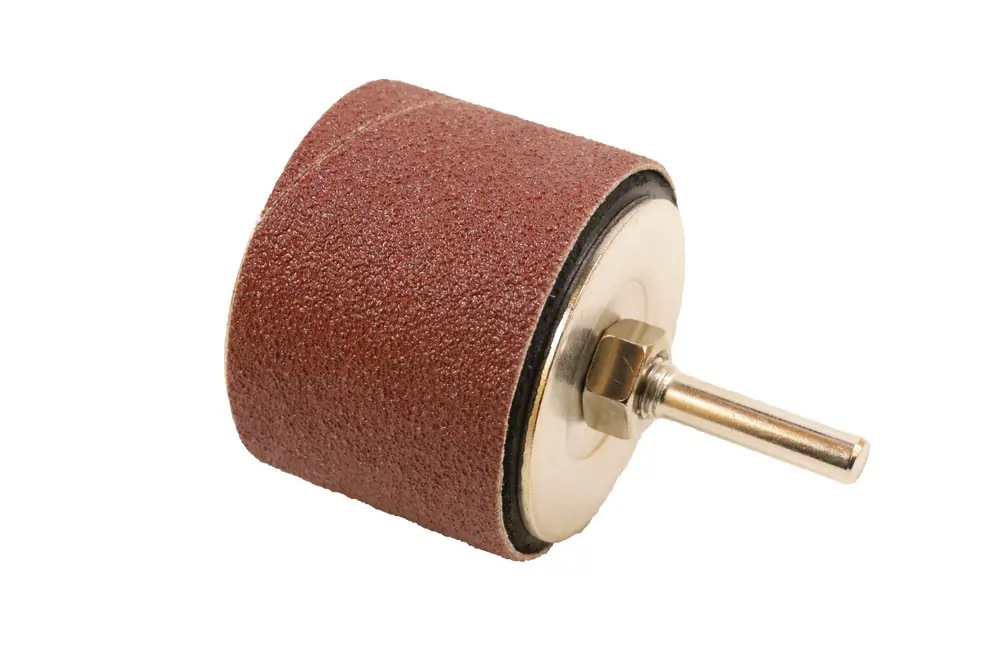
Advantages and Disadvantages of Using a Drill:
Advantages:
- Cost-effective attachments.
- Versatile for small to medium projects.
- Applicable for specific tasks like removing burrs.
Disadvantages:
- Inadequate for large projects.
- Limited dust collection.
- Leaves marks on surfaces.
Dedicated Sanding Tools:
If using a drill doesn’t suit your needs, dedicated sanding tools are available, each serving a specific purpose.
Belt Sanders:
- Ideal for rapid material removal.
- Effective for leveling surfaces.
Disk Sanders:
- Portable and table-mounted versions.
- Versatile for shaping and edge sanding.
Orbital Sanders:
- Standard and random orbital types.
- Suitable for finishing large surfaces.
Palm Sanders:
- Square pads for ultra-smooth finishes.
- Perfect for delicate finishing work.
Drum Sanders:
- Benchtop and flooring varieties.
- Powerful for large-scale projects.
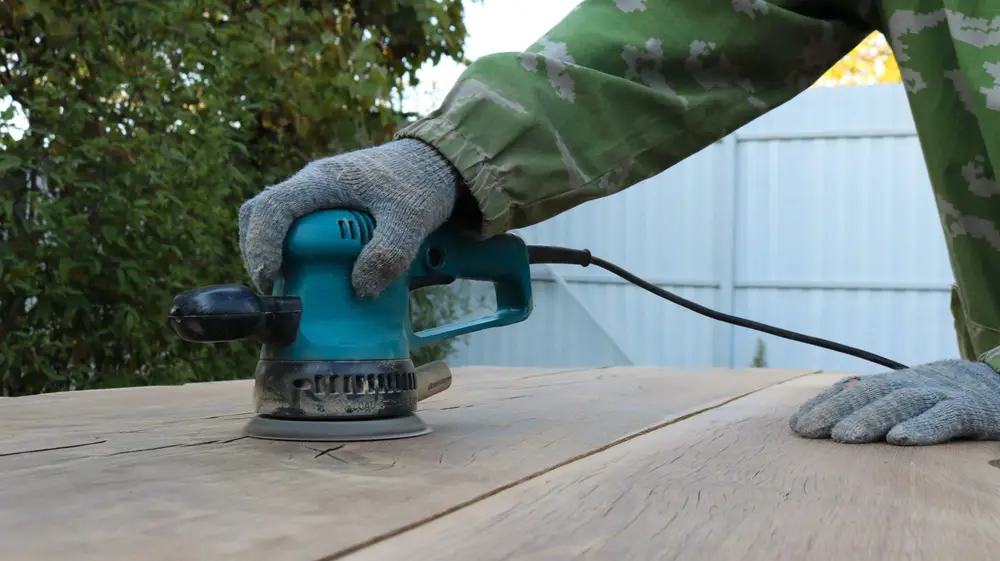
Advantages and Disadvantages of Sanders:
Advantages:
- Powerful and efficient.
- Specialized for specific tasks.
- Available in portable and tabletop versions.
- Often equipped with dust collection systems.
Disadvantages:
- Can be expensive.
- No one-size-fits-all solution.
- May require specialized sandpaper.
Conclusion:
Choosing between a drill with sanding attachments and a dedicated sander depends on the scale and nature of your project. While drills offer versatility and affordability for smaller tasks, dedicated sanders provide the power and specialization needed for larger and more demanding projects. Consider the pros and cons outlined here to make an informed decision based on your DIY requirements.
- Drill Battery Maintenance: Essential Tips for Cordless Drill Battery Care - February 5, 2024
- Troubleshooting Drill Issues - February 5, 2024
- Quick Drilling Techniques - February 2, 2024

